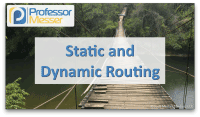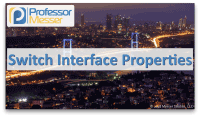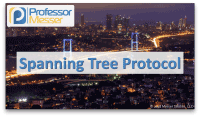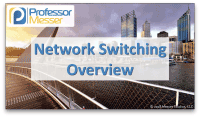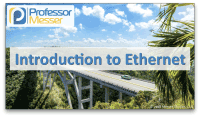Static and Dynamic Routing – CompTIA Network+ N10-007 – 1.3
A network administrator has many options for configuring and maintaining the routing table between layer 3 devices. In this video, you’ll learn about static routing, dynamic routing, and default routes. << Previous Video: Switch Interface Properties Next: IGP and EGP >> If you’re watching this video on the internet, then the packets that are containing […]
Static and Dynamic Routing – CompTIA Network+ N10-007 – 1.3 Read More »

